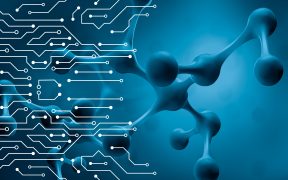
This report explores change drivers and how biodigital convergence could transform five economic sectors and areas of life.
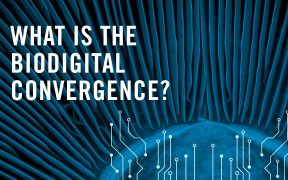
In this video, we discuss how the convergence of digital technologies and biological systems is becoming a part of our future, and how it may impact our lives. The information provided in this video is ...
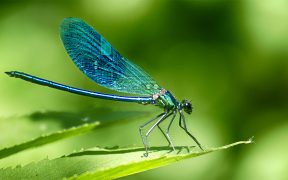
Technologically controlled bugs are not only plausible, but actually exist. In 2017, the engineering firm Draper released details about its DragonflEye project. It showed that dragonflies can be “upgraded” with implanted solar-powered backpacks that tap ...
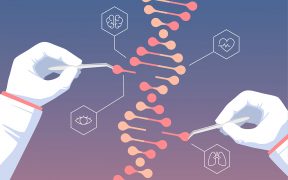
CRISPR is a gene-editing technique that has revolutionized the field with major breakthroughs, especially since 2012. While CRISPR offers a way to make specific alterations to genes more precise and affordable, the method is not ...
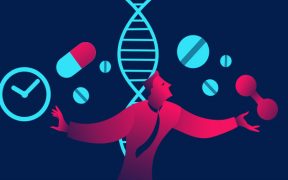
In June 2019, California passed the first law in the United States targeting ‘biohacking’, the practice of do-it-yourself gene editing. Starting in January 2020, it will be illegal to sell CRISPR gene therapy kits without ...

What happens when biology and digital technology merge? DISCLAIMERPolicy Horizons Canada (Policy Horizons) is a strategic foresight organization within the Government of Canada with a mandate to help the Government develop future-oriented policy and programs ...
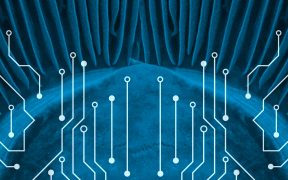
The changes brought by digital technologies and networks continue to disrupt our economies and transform aspects of our lives. What if we are on the cusp of yet another significant evolution, one where digital technologies ...

A partnership between Finnish design studio Aivan, VTT Technical Research Centre of Finland, and Aalto University has spawned the Korvaa headphones, made from bioengineered materials. The mesh covering the speakers is made from a biosynthetic ...

In the spring of 2018, researchers at MIT created AlterEgo, a wearable device capable of reading a person’s internal subvocalized monologue. When a person “speaks” in their mind, they produce almost undetectable muscle movements as ...


